What is the definition of an anemometer?
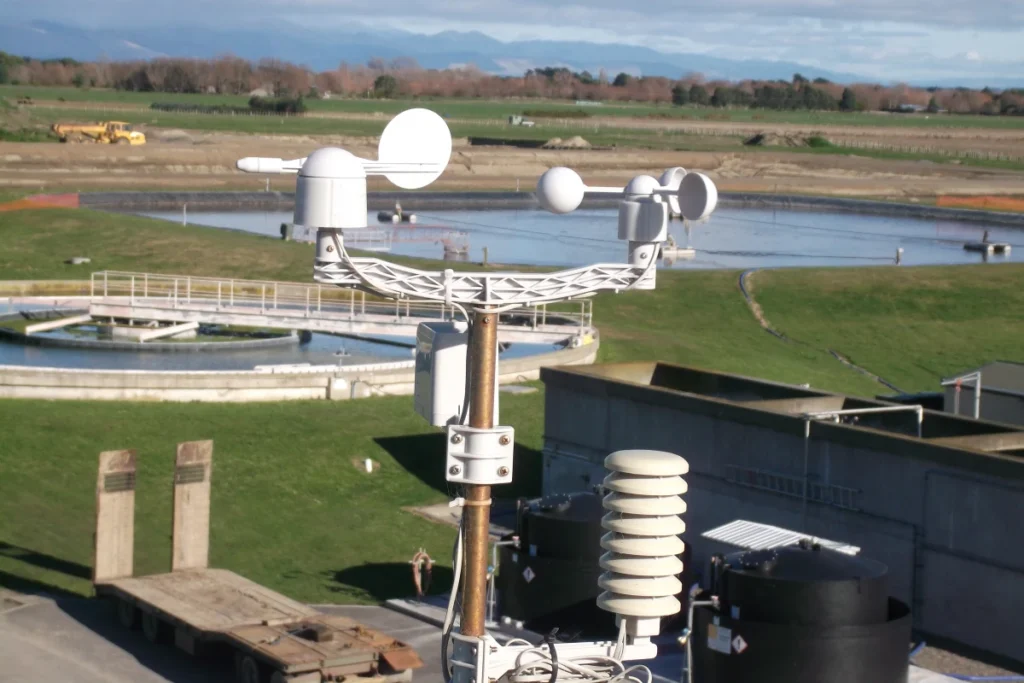
Many people wonder what an anemometer is and its purpose. This article aims to clarify the concept, types, and uses of an anemometer.
Maintenance and Troubleshooting of Tipping Bucket Rain Gauge
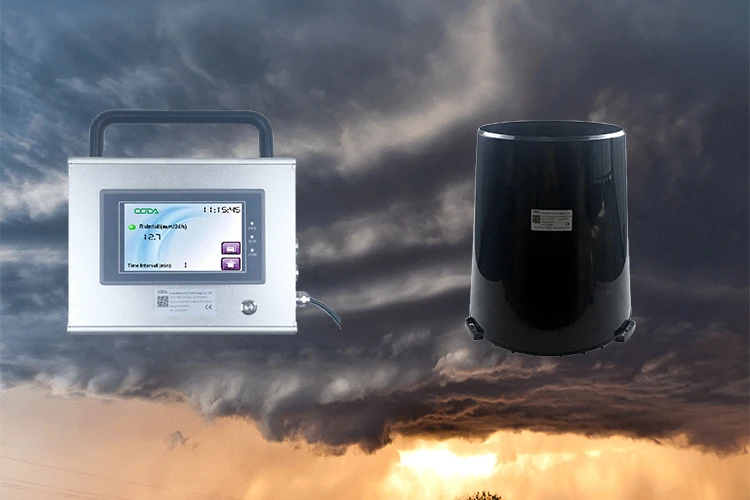
A tipping bucket rain gauge enables automatic monitoring of liquid and solid precipitation over a specific timeframe, significantly alleviating the workload of observers.
How to Select the Optimal Soil pH Meter?
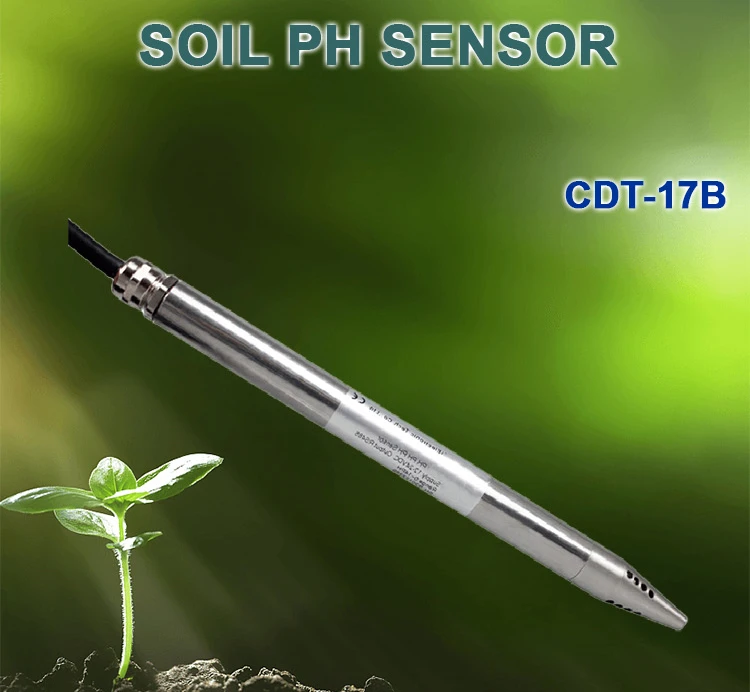
When the soil pH level is about 6.5, plants can absorb and use nutrients better. This helps them grow and develop. Thus, one cannot overstate the importance of a soil pH sensor. But how do we go about selecting this type of device?
How do wind sensors operate?
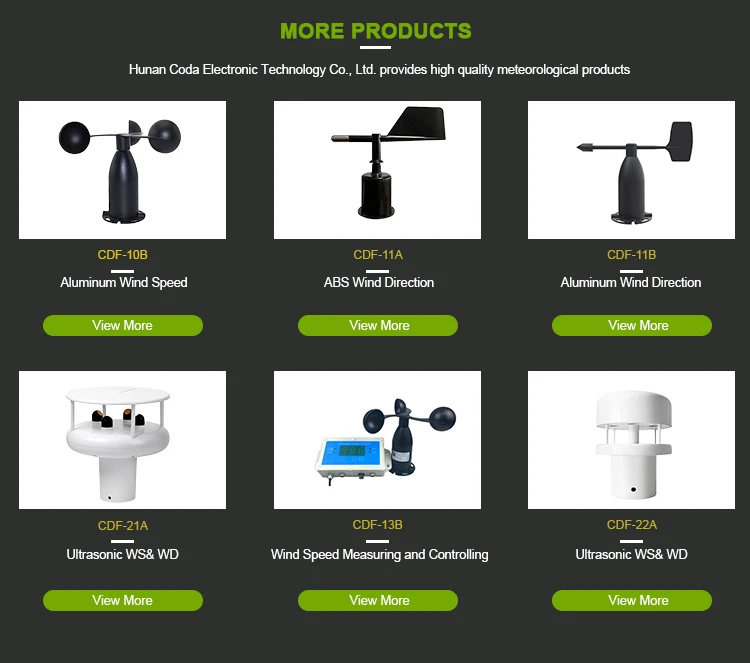
A wind speed sensor is a tangible instrument designed to gauge the velocity of the wind. The airflow-induced wind causes the three cups at the top to spin, which in turn rotates the central shaft. This movement turns on the internal sensing part. It creates a signal that helps you find the wind speed.
Understanding Comfort Dew Point and Measuring It

The dew point is closely tied to the amount of water vapor present in the air. In dry conditions with minimal water vapor, the lower dew point implies that surfaces must be much cooler than the air for condensation to occur.
Catalog of Agricultural Sensors, Benefits of Agricultural Sensors
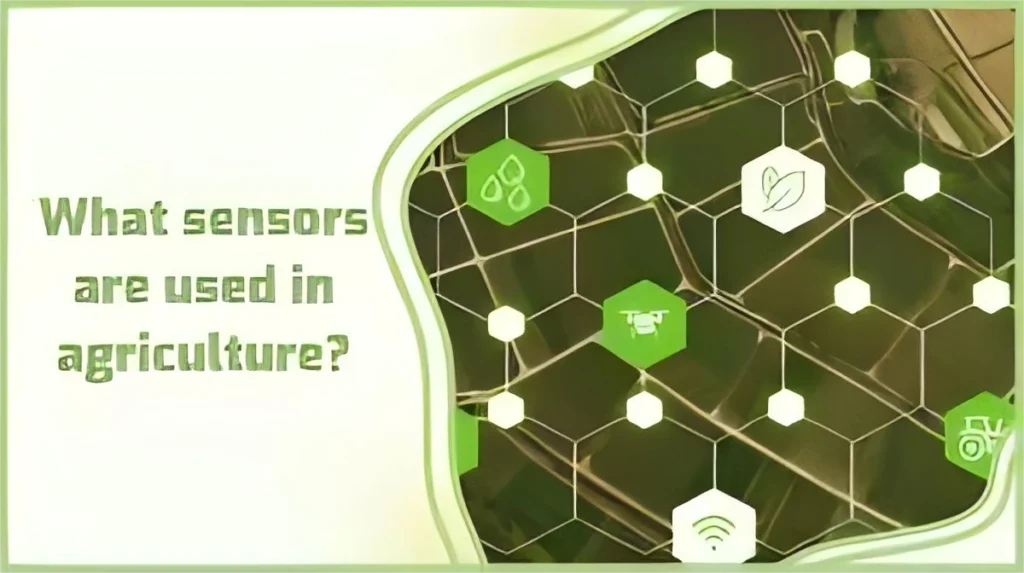
Agricultural sensors is a device that detects data. It converts this data into an electrical signal or other forms of information. Sensors follow specific guidelines to meet the needs of transmitting, processing, storing, displaying, recording, and controlling information.
What is a temperature and humidity sensor?

A temperature and humidity sensor, also called an RH temp sensor, is a device. It changes temperature and humidity levels into electrical signals. This makes it easy to measure these environmental factors. Most temperature and humidity transmitters on the market measure the air’s temperature and relative humidity.
what is evapo and water evaporation?
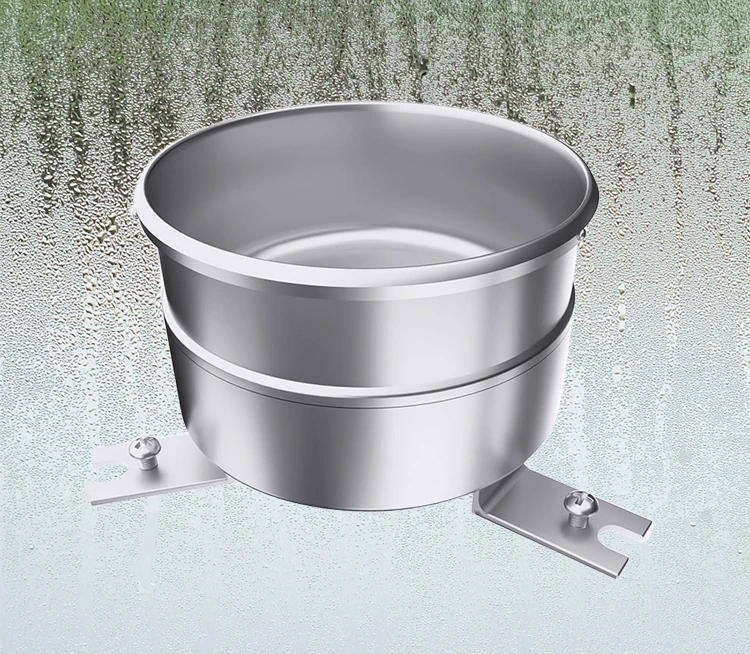
Water occurs naturally in three states: liquid, gas, and solid. These forms can transition between one another based on changes in environmental conditions. At ordinary temperatures, water slowly transforms into water vapor and disperses into the air—a process known as evaporation.
What is a Light Sensor?
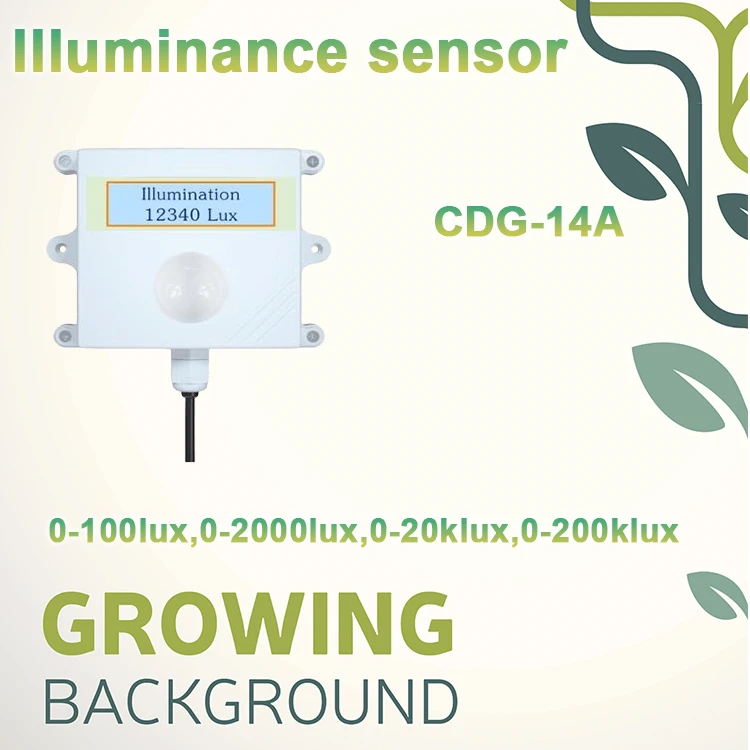
Define light sensor: light sensor is a device that detects light and converts it into an electrical signal. It can measure various properties of light, such as its intensity, wavelength, frequency, or direction.
Atmospheric Pressure: Definition, Measurement, and Effects

Did you know that atmospheric pressure plays a key role in shaping the natural phenomena around us? From determining wind patterns and cloud formation to influencing ocean tides, its impact is everywhere.
